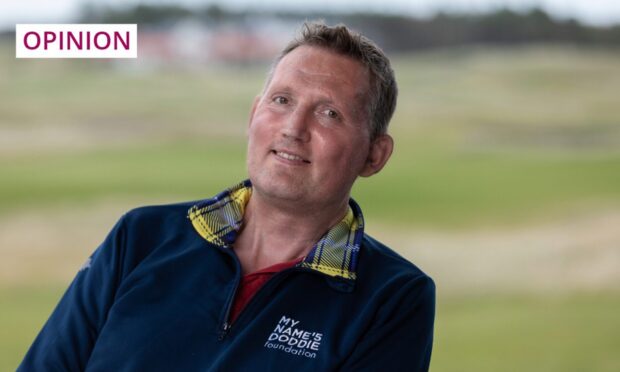Most of us are all too aware of the devastating condition of motor neurone disease (MND), particularly following the work of key individuals who have raised awareness and funds, like Rob Burrow, Kevin Sinfield, and the late Doddie Weir.
It has become clear just how much more research is required for early diagnosis and effective treatment of MNDs. In the condition, special nerve cells called motor neurones, which are found in the spine, are lost. This leads to devastating consequences, including loss of movement, speech and, eventually, the ability to breathe.
Although MNDs are now familiar to most people, the childhood form, called spinal muscular atrophy (SMA), is much less well known. SMA is a genetic form of MND, which means that it is inherited from two parents who do not have symptoms but are carriers of the disease.
SMA preferentially affects very young children. These children do not lose skills over time, but instead fail to develop basic skills, such as rolling over, sitting, standing and walking. Without treatment, many of these children will not survive to reach their third birthday.
UK must introduce SMA screening for babies
Until 10 years ago, there was no therapy available for anyone affected by this devastating disease. Then, as the result of a tremendous amount of work at universities and pharmaceutical companies around the world, three life-changing therapies have been developed. These include what was, at the time, the most expensive gene therapy in the world.
Many children around the globe are now benefitting from these therapies, and living longer and healthier lives than was ever thought possible as a result.
In addition, a test that could be used at birth was developed, which allows us to identify affected children at the earliest possible time, so that they have the best possible chance at life. Because of this, newborn screening for SMA is now available in many Western countries, though the UK is, unfortunately, not one of them.
It is really important that we introduce newborn screening across this country, as early treatment is of vital importance and will determine long-term health. SMA is leading the way in MND treatment, and we hope that some of the lessons learned may lead to insights into other MNDs.
Professor Simon Parson is regius chair of anatomy at the University of Aberdeen
- If you are interested in learning more, Professor Parson, consultant paediatric neurologist Dr Elma Stephen and a family affected by SMA will be speaking about SMA at the University of Aberdeen’s Suttie Centre from 6pm on May 13

Conversation